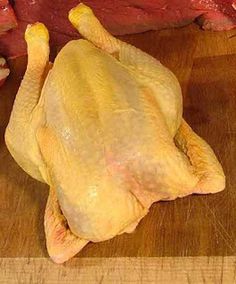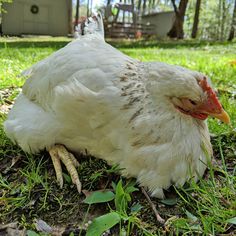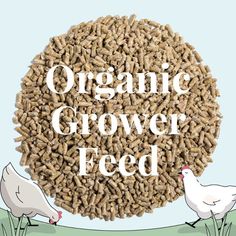Introduction
Local chicken farming, often synonymous with backyard or small-scale poultry farming, has been a staple in many rural and suburban communities around the world. It provides a sustainable source of income and nutrition, and its significance is poised to grow as global trends shift towards more sustainable and locally-sourced food production. This blog explores the future of local chicken farming, highlighting both the opportunities and challenges that lie ahead.
Opportunities in Local Chicken Farming
- Increasing Demand for Organic and Free-Range Products: The consumer demand for organic and free-range chicken products is on the rise. People are becoming more health-conscious and prefer meat that is free from antibiotics and hormones. Local chicken farms, with their typically smaller scale operations, are well-positioned to meet this demand.

- Sustainability and Environmental Benefits: Local chicken farming often employs more sustainable practices compared to industrial farming. Small-scale farmers can implement regenerative farming practices, reducing the carbon footprint and promoting soil health. This aligns with global efforts to combat climate change and preserve the environment.
- Economic Empowerment and Rural Development: Local chicken farming can significantly contribute to rural development by providing employment opportunities and improving livelihoods. It empowers small-scale farmers and supports the local economy, creating a ripple effect of economic benefits within communities.

- Technological Advancements: Innovations in farming technology are making it easier for small-scale farmers to optimize their operations. Mobile apps, IoT devices, and data analytics can help farmers monitor the health of their flocks, manage feed efficiently, and enhance biosecurity measures. These advancements can lead to increased productivity and profitability.

Not to mention, our company can help you to start by giving you all the necessary information you need to get started if not yet in the business. Please check our online shop, we have all the standard business proposals for different capacities at very a cheap price made by the best agricultural specialists as well as Standard design plans that are made by the best agricultural architects around the globe. please visit our online shop now using the links below to witness by yourself
Design plans (FARM HOUSE DESIGNS – Kimd Construction & Farm Consultants)
Business plans (BUSINESS PLANS & PROPOSALS – Kimd Construction & Farm Consultants)
Welcome back from visiting our shop, hope you have placed your order for any of our products or you can place it after navigating more of our informative articles.
So let us continue with the article!
Challenges Facing Local Chicken Farming
- Disease Management: Disease outbreaks, such as avian influenza, pose a significant threat to local chicken farming. Small-scale farmers often lack the resources and knowledge to implement effective biosecurity measures, making their flocks vulnerable. Education and support from agricultural extension services are crucial to mitigate these risks.

- Market Access: Local chicken farmers often struggle to access broader markets due to competition with large-scale industrial producers. Establishing cooperatives and improving supply chain infrastructure can help small-scale farmers reach more consumers and get fair prices for their products.
- Financial Constraints: Access to finance is a common challenge for local chicken farmers. Without sufficient capital, it is difficult to invest in better infrastructure, feed, and veterinary care. Microfinance institutions and government support programs can play a vital role in providing the necessary financial resources.
- Climate Change: Climate change poses a significant threat to all forms of agriculture, including local chicken farming. Extreme weather events, such as droughts and floods, can devastate small-scale operations. Adaptive strategies and climate-resilient farming practices are essential to safeguard the future of local chicken farming.
The Way Forward
To ensure a sustainable and prosperous future for local chicken farming, a multifaceted approach is needed:
- Capacity Building: Providing training and education to farmers on best practices, disease management, and sustainable farming techniques is crucial. This can be facilitated through agricultural extension services, farmer cooperatives, and online platforms.
- Policy Support: Governments should implement policies that support small-scale farmers, such as subsidies, grants, and access to affordable credit. Additionally, policies that promote organic and free-range farming can help create a more favorable market environment.
- Community Engagement: Building strong community networks can help local chicken farmers share knowledge, resources, and market access. Cooperative models and farmer associations can play a significant role in fostering collaboration and mutual support.
- Research and Innovation: Continued research into sustainable farming practices, disease-resistant breeds, and climate-resilient strategies is essential. Partnerships between academic institutions, government agencies, and private sector entities can drive innovation in local chicken farming.
Conclusion
The future of local chicken farming holds immense potential, driven by the rising demand for sustainable and locally-sourced food. While challenges exist, they are not insurmountable. By leveraging technological advancements, fostering community support, and implementing robust policies, local chicken farming can thrive and continue to play a vital role in global food security and rural development.
Explore more about components of a single dairy farm.




